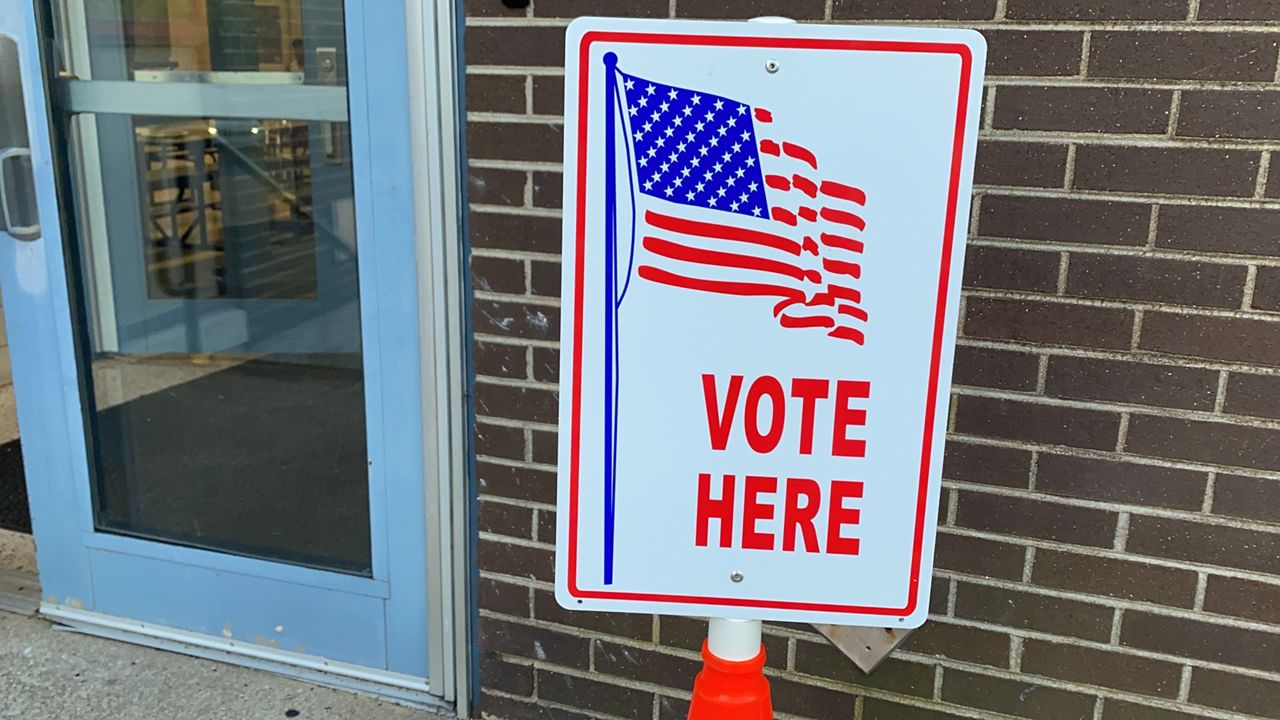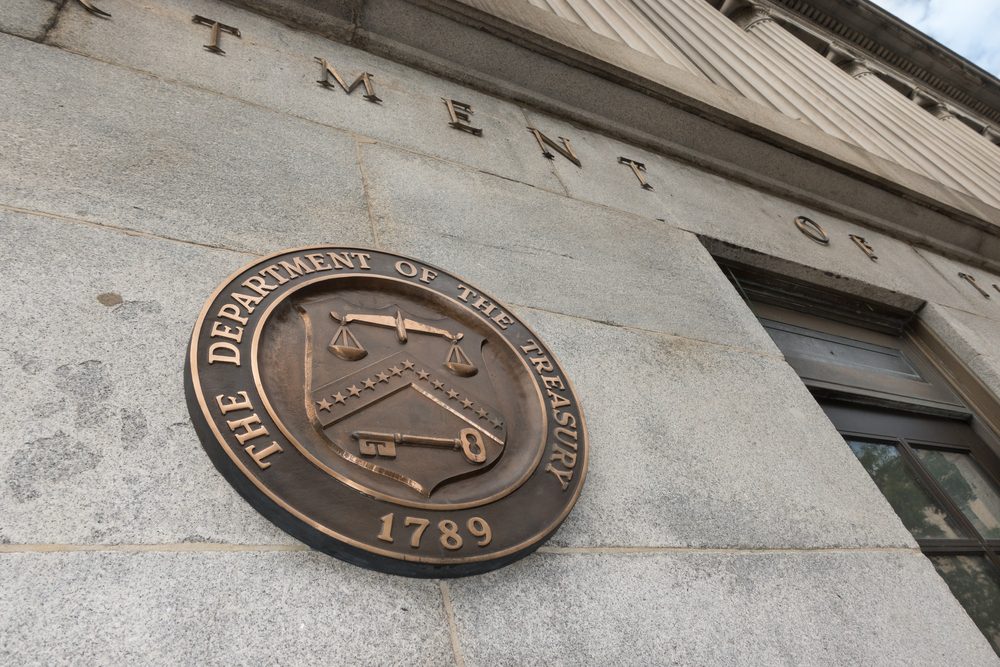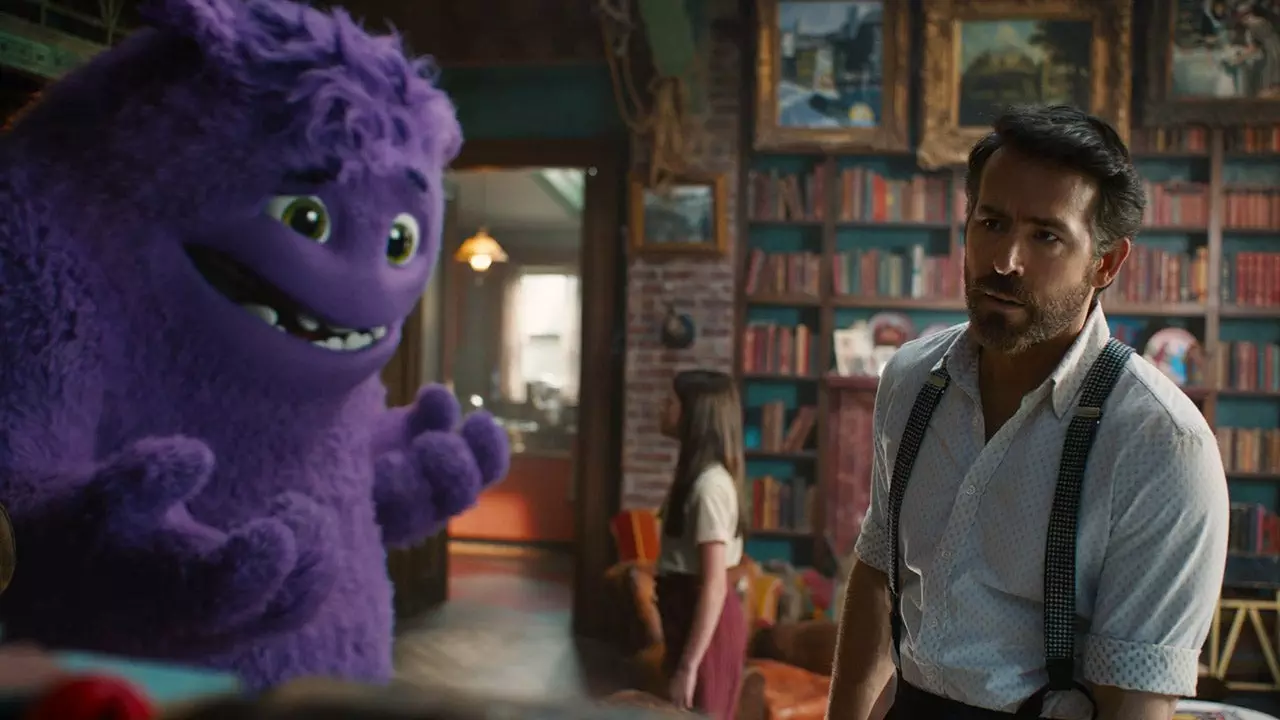WASHINGTON (AP) — In 2020, the top enlisted leader of the Air Force went public with his fear of waking up to the news that a Black airman had been killed by a white police officer.
Then four years later, a Florida deputy shot and killed Senior Airman Roger Fortson in his apartment.
“I doubt if that police officer knew or cared that Roger was an airman. What he saw was a young, Black male,” retired Chief Master Sgt. Kaleth O. Wright said in an interview Wednesday with The Associated Press.
After George Floyd was killed by a white Minneapolis police officer in May 2020, Wright, who like Floyd is Black, felt compelled to speak publicly about the fears that he and his younger troops had. It didn’t seem to matter how hard he’d worked to serve his country. There were still police who would only see him as a threat.
The national outcry surrounding Floyd’s death pushed Wright to lead some initiatives to better address racial issues within the Air Force. But by his own account, they didn’t go far enough. Fortson’s death has left him wondering if things will ever change.
“Right now, in the midst of what happened to Roger, it’s kind of a big deal. People are talking about it, the Air Force is dealing with it. But in a couple of weeks, it will go away, right?” Wright said.
The investigation into Fortson’s death is ongoing, and the sheriff’s office has not released the name or race of the officer involved.
On Wednesday, Okaloosa County Sheriff Eric Aden went to Hurlburt Field where Fortson served and met with Lt. Gen. Tony Bauernfeind, the head of Air Force Special Operations Command, to talk about the next steps.
Sabu Williams, president of the Okaloosa County NAACP branch, was there and said he did not leave with a sense that the sheriff’s office thought Fortson’s race was a factor in the shooting.
But “bias certainly played a role in this thing,” Williams said. “From my perspective, we feel we don’t get the benefit of the doubt. It seems to be a ‘shoot first, ask questions later’ kind of thing.”
In a statement posted to his Facebook page late Wednesday, Bauernfeind said the meeting with the sheriff’s office was productive and that the command would host a town hall in the coming days to talk further about the shooting and the way forward.
There is no government-managed national data collection system that tracks fatalities caused by law enforcement officers. The FBI has a database, but it’s voluntary, and less than two-thirds of local, state, tribal and federal agencies provided data for it last year. In any case, there is no breakdown by race.
Databases kept by private organizations, however, have found that fatal police encounters have risen each year since Floyd was killed and those killings are disproportionately of Black people.
Two databases, one by The Washington Post and another compiled by Campaign Zero, run by academics and activists advocating for police accountability, found that while more white people are killed in police encounters overall, Black people are disproportionately killed by police. Black people make up about 12% of the U.S. population but account for about a quarter of police killings in each of the databases.
In the meeting at Hurlburt, Williams requested that the sheriff’s office pursue de-escalation training and unconscious bias training, which he said the sheriff supported.
The sheriff’s office said in a statement posted on Facebook that they have received the local NAACP’s “list of demands and understand their concerns.” In the meeting at the airfield, the sheriff “emphasized his commitment to do what is right,” it said.
Michael P. Heiskell, the president of the National Association of Criminal Defense Lawyers, said the deputy’s race doesn’t matter when determining whether unconscious bias played a role.
“Whatever the race of this deputy, whether he’s Black, white, Hispanic, whatever — in this instance where this deputy saw a Black person with a weapon and immediately used deadly force, instead of calmly and reflectively assessing the situation, this is it.”
Williams’ NAACP chapter is drafting state legislation it wants to name after Fortson. The bill would require police to use de-escalating language before using force if they encounter someone with a gun who is not being held in a threatening position.
Released police body camera footage shows Fortson had his gun in his hand when he opened his front door, but the barrel was pointed to the floor. Within seconds the deputy shot him, only afterward telling him to drop the weapon.
“A little bit of de-escalation or discussion” by the deputy could have given the airman the chance to put down the gun, Williams said. “He wasn’t given any time.”
MaCharie Dunbar, a board member of the Black Veterans Project, a national organization created to address racial inequality in the experiences of Black service members, said he wonders whether it would have made a difference if Fortson had been in uniform.
“One thing proven true time and again is that if you’re Black in America, it doesn’t matter what kind of job you have, the clothes you wear, the car you drive, the house you live in,” said Dunbar, who is retired from the Air Force and had been stationed at Hurlburt Field. “At the end of the day, you’re just Black. And there are some who hold on to this ideology that Black people are dangerous.”
Fortson’s shooting occurred against a wider backdrop of increased attention by the military to racial issues in its ranks. Over the past few years, internal reviews have found significant disparities in opportunities for promotion and uneven military punishments.
But there has been significant pushback against those efforts, with far-right members of Congress criticizing them as being “woke.” Congress this year put caps on what the Pentagon can pay experts in promoting diversity, equity and inclusion.
Wright said that pushback has served to silence much discussion on the issue and, for now, the most helpful thing commanders can do is listen.
“If you’re a white male officer in the United States Air Force, you don’t wake up every day thinking about race,” Wright said. “We have Black airmen and officers that wake up every day and they go into rooms and they’re the only Black person.”
He said commanders need to understand the toll this takes.
“It comes with stress and anxiety. It comes with a feeling of not belonging. And, you know, most of us are taught to just assimilate, right? You know, don’t complain, don’t be the outcast. Don’t be the outsider because, you know, sometimes you get labeled as an angry Black man.”
If airmen don’t feel like they’re supported in their own units, it’s unlikely they will trust opening up to commanders on an issue as big as Fortson’s shooting, he said.
Wright is now thinking about writing another column, and maybe getting involved on the issue again. But he’s not sure what needs to be done to prevent a future incident. Bringing the sheriff’s deputies on base to help them see Black airmen differently won’t fix the problem without a larger, societal change, he said. Asking commanders to have the equivalent of “the talk” with Black airmen that parents have with their Black children about encounters with the police isn’t a solution either.
“I don’t know that commanders could say anything to airmen that would necessarily be helpful about, ‘if the police knock on your door, do this, don’t do that,’ ” Wright said. “Young African American males, they know the drill, right? They already know the story. And, still, it’s not enough.”
Wright has two sons, ages 22 and 27. His heart has been breaking for Fortson’s mother, who buries her 23-year-old son on Friday.
“That could have easily been one of my sons,” Wright said.
___
Lauer reported from Philadelphia. Aaron Morrison in New York City contributed to this report.































